What the heck happened to that nice old brick elementary school in Vancouver? The mega earthquake that is going to hit British Columbia sooner or later.
Actually, this photo is just an artist’s rendition, used by University of British Columbia researchers to test how best to wake people up to prepare for the threat of quakes — and nudge the government to move faster on seismic upgrades for B.C. schools.
A team of UBC seismic engineers and psychologists wanted to know whether people would respond with more urgency to an image of a crumbled building or to dire statistics provided by the government. So they showed the image to half their subjects, and the stats to the other half.
About 77 per cent of participants who saw the dilapidated school building signed a petition urging action from authorities compared to 68 per cent who were presented with statistics.
That fits with other research showing the human brain can process visual data better than words and figures.
Oddly though, “We found the image had little effect on people’s intention to prepare for an earthquake or their support for city initiatives,” said Iris Lok, the study’s lead author.
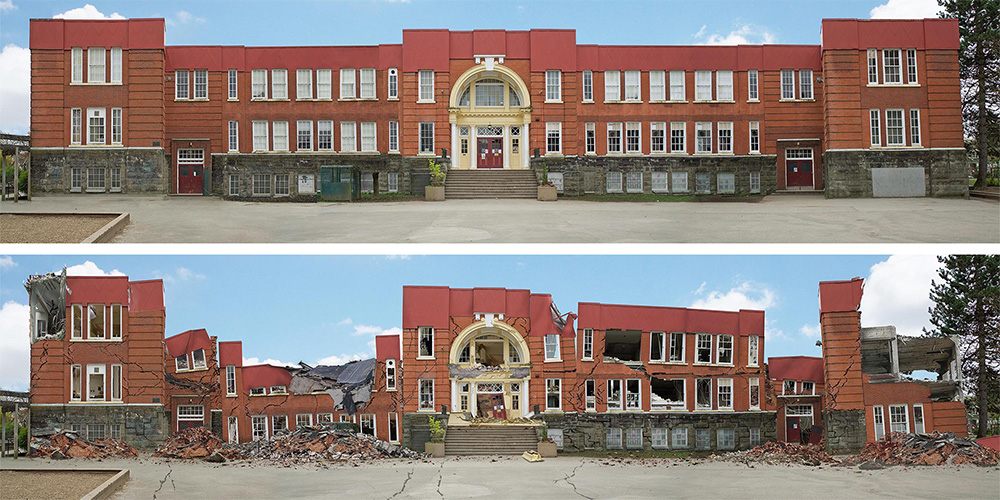
So she has a new idea. “If we want people in B.C. to take the risk seriously, it may be valuable to show them what familiar public buildings — or even their own homes — might look like after a major earthquake.”
If so, a faked picture could be worth thousands of lives. As Kathryn Schulz wrote in the New Yorker, when the “The Really Big One” hits, it will be the largest natural disaster to hit North America.
“All across the region, seismologists are looking at their watches, wondering how long we have, and what we will do, before geological time catches up to our own.” ![]()
Read more: Environment, Urban Planning + Architecture
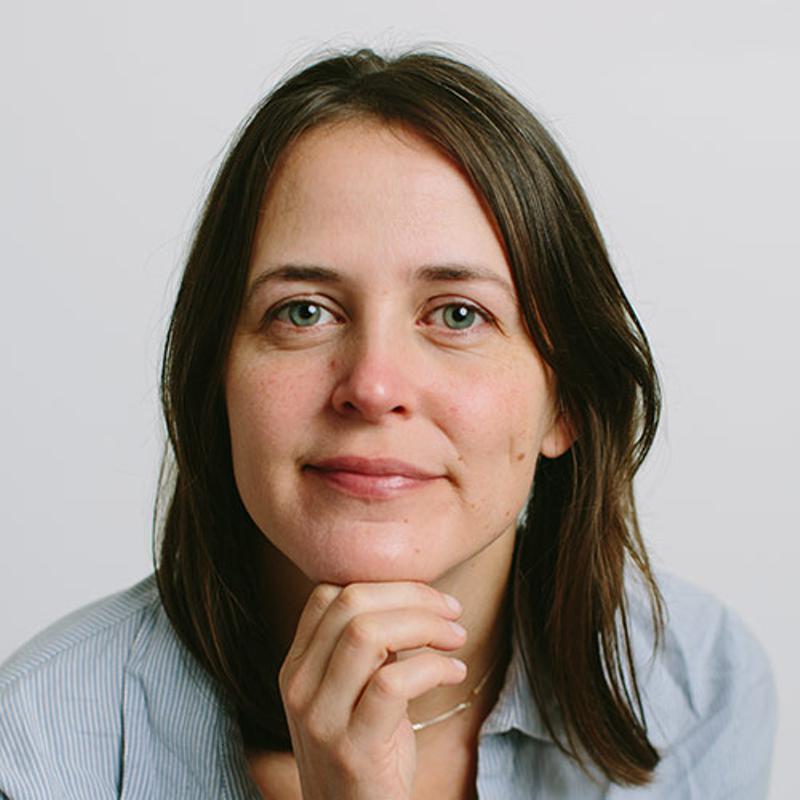


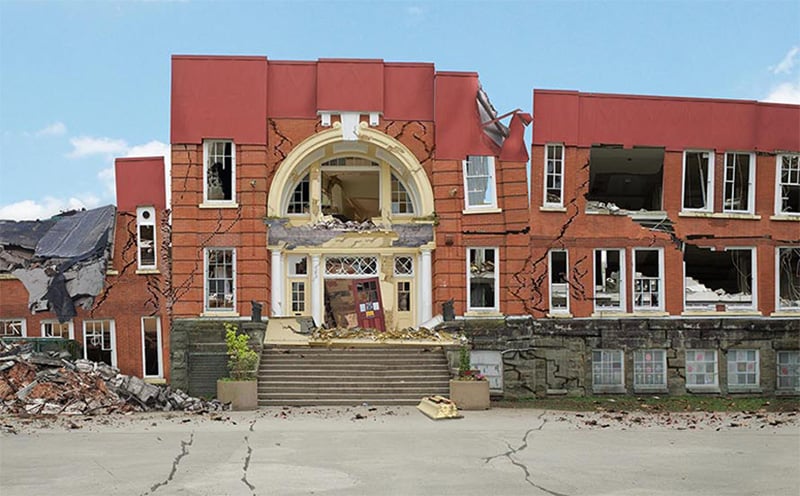
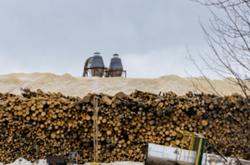
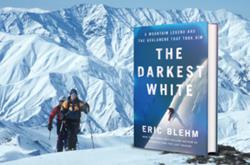
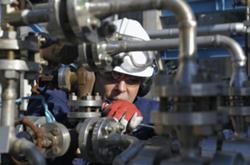
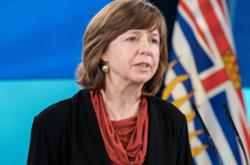
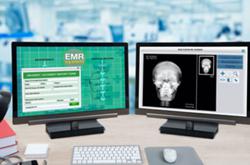
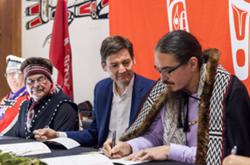
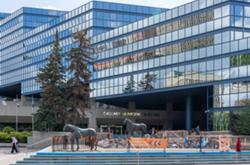
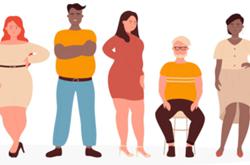


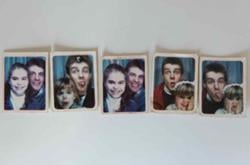
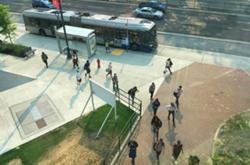
Tyee Commenting Guidelines
Comments that violate guidelines risk being deleted, and violations may result in a temporary or permanent user ban. Maintain the spirit of good conversation to stay in the discussion.
*Please note The Tyee is not a forum for spreading misinformation about COVID-19, denying its existence or minimizing its risk to public health.
Do:
Do not: